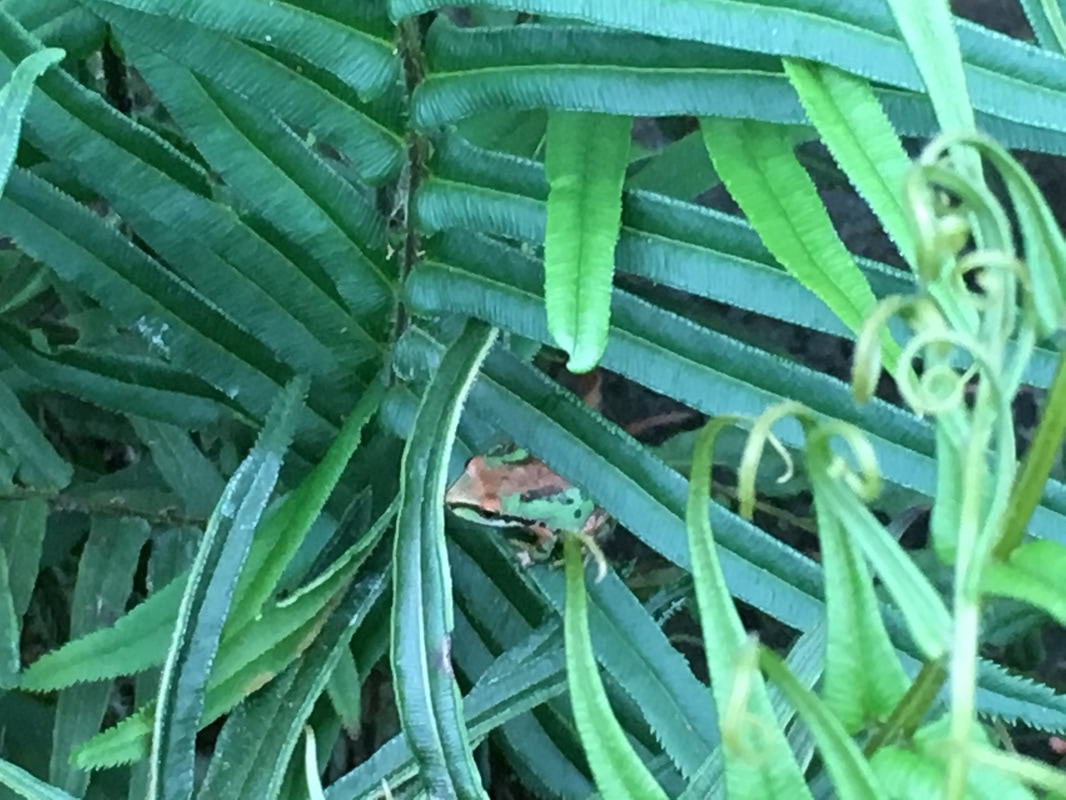 The ferns are not the only thing calling the hoop houses at my Richmond, CA field site home. In mid-May I started noticing small frogs, most likely Pacific Chorus Frogs (Pseudacris regilla) among the ferns, perching on pinnae or resting in frog-sized cavities of the greenhouse. I was fascinated, but also concerned. Animal interactions are a classic concern in phytoextraction research. The ferns that the frogs call home are full of arsenic. If the frogs were somehow ingesting the plant tissue, it could prove toxic to the frogs and transmit arsenic up the food chain to racoons and other frog predators. Frogs aren't known to eat plant tissue, however. Perhaps they are feeding on the mosquitos and mosquito hawks that also seem partial to the humid greenhouse oasis in the otherwise dry and windy San Francisco Bay shore summer air. Or perhaps the greenhouse offers shelter from birds of prey. 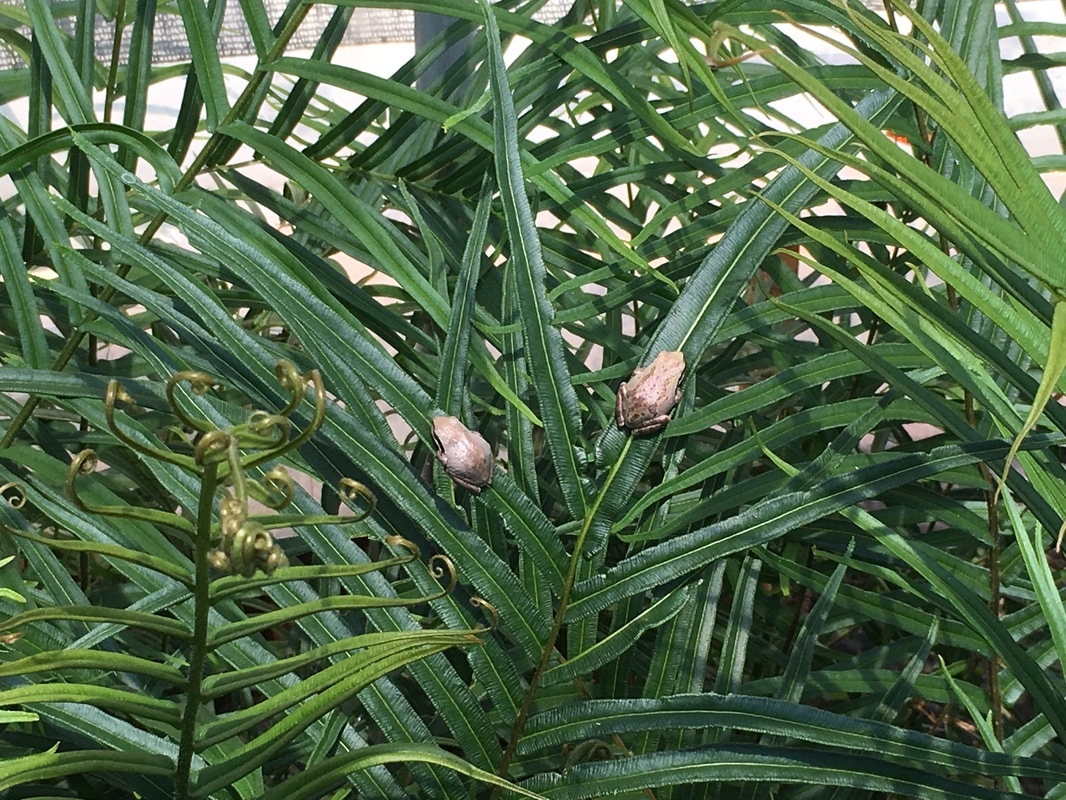 On June 14, about a month after I first observed the frogs, I noticed small frogs -- and lots of them! These young frogs are about a centimeter wide. The time from egg to tadpole to metamorphisis can be several months. The adults probably migrated to the greenhouse from their breeding grounds, possibly vernal pools in the restored coastal terrace prairie, with the young frogs following post-metamorphosis. Adult frogs have been observed up to 300 meters from their breeding pools, where they will return the following year.
1 Comment
|
AuthorSarick Matzen completed his PhD in Environmental Science, Policy, and Management department at University of California, Berkeley in 2020. He is now a postdoc in the Soil, Water, and Climate Department at the University of Minnesota working on iron cycling in marine systems. Archives
July 2019
Categories |
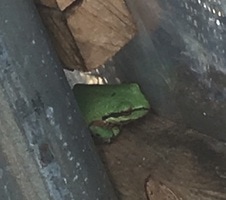
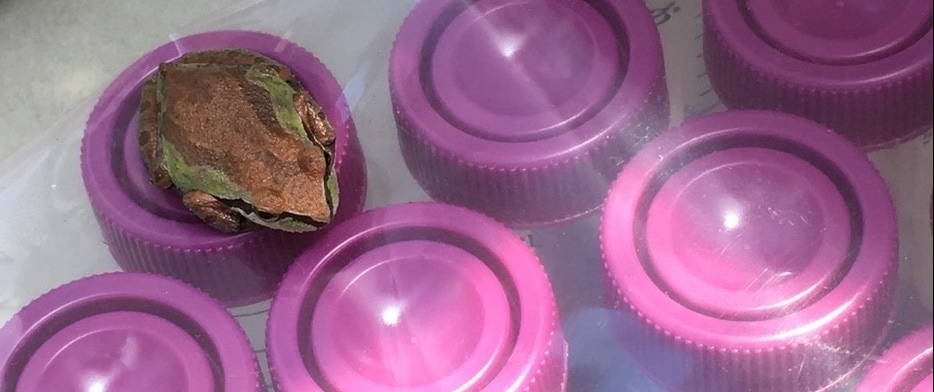
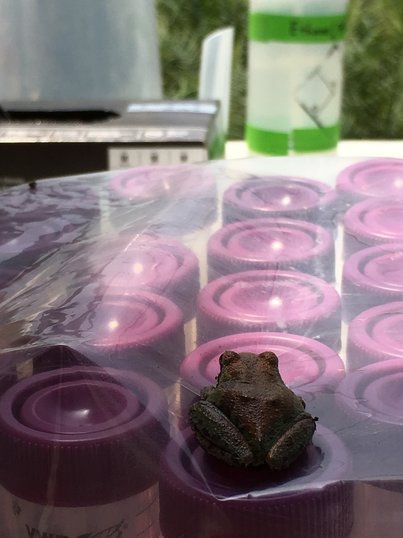
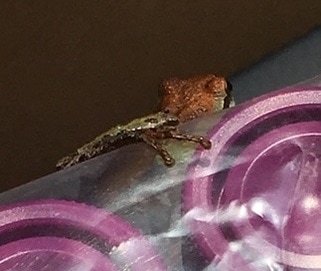
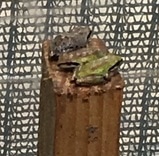
 RSS Feed
RSS Feed
